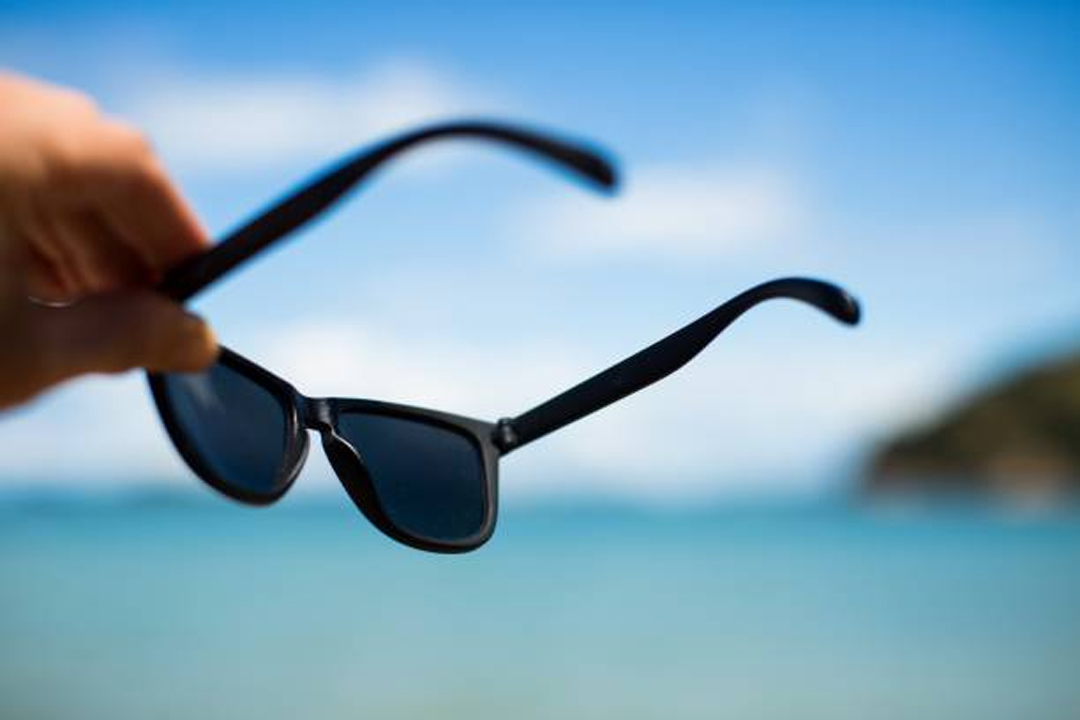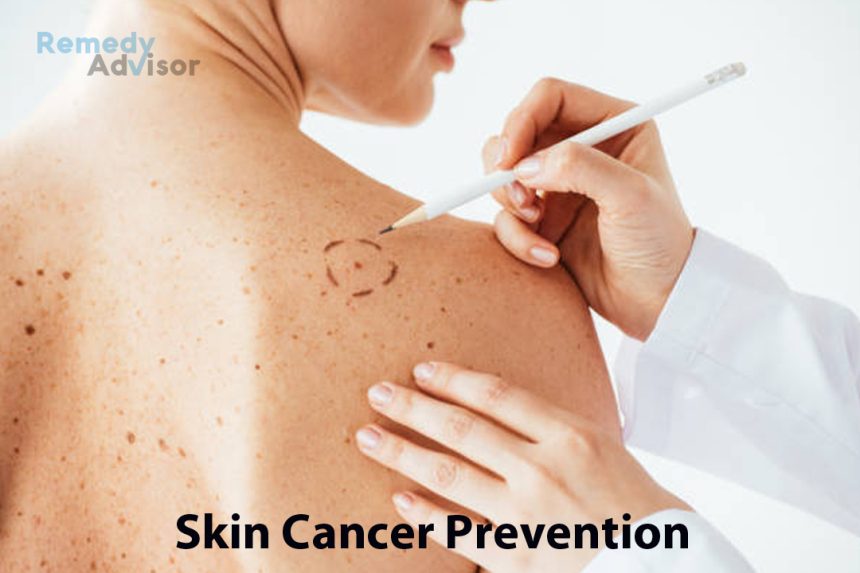The US is facing a growing epidemic of malignant melanoma, the deadliest form of skin cancer.
In the past 20 years, there has been a dramatic increase in the number of new cases reported. Why the increase? We don’t know exactly to what degree sunscreen really protects us, and not enough people are using it.
These are the most common questions I’m asked about skin protection and skin cancer
• Do you continue to recommend that people wear sunscreen?
Absolutely. Over the past 20 years, countless studies have shown sunscreen to be effective at preventing both sunburn and skin cancer.
Of course, sunscreen is not 100% effective. And wearing it does not give you complete freedom to bask in the sun all day.
• What type of sunscreen is best?
Look for a sunscreen that offers protection against both forms of ultraviolet light UVA and UVB.
UVB rays pose a greater threat of sunburn and skin cancer than UVA rays do. However, UVA rays can still be harmful if you are in the sun for prolonged periods of time.
Your sunscreen should have a sun protection factor (SPF) of at least 15 and if you plan to go swimming, it should also be water-resistant. With an SPF-15 sunscreen, you can remain burn-free for 15 times longer than you would with unprotected skin.
In regions where the sun’s rays are particularly strong such as in the South use sunblock in addition to sunscreen.
Problem
Sunblock, which uses zinc oxide, talc or another opaque material to create a physical barrier to keep out rays, is messy and unattractive. Consequently, it is not appropriate for covering large areas of skin. I recommend using it only on two high-risk spots the nose and the rims of the ears.
Avoid lotions containing mineral oil, cooking oil or cocoa butter. These products merely lubricate the skin. They do not block out harmful rays.
• How should I apply a sunscreen?
Apply it liberally to all areas of skin that will be exposed to the sun. Do so at least 15 minutes before heading outdoors, so that it has a chance to be absorbed.
Pay special attention to easily overlooked areas feet, earlobes, a bald spot, the backs of your hands, the tops of your ears, and the nape of your neck and the tip of your nose.
Reapply at least once every three hours for as long as you’re in the sun. Even with water resistant sunscreen, it’s prudent to reapply after going into the water or perspiring heavily.
• I stopped sunbathing years ago. Do I still need sunscreen?
Yes. Your skin is at risk anytime you venture into sunlight whether on the beach, in your backyard or on a brief walk. Sunscreens are not just for the beach!
In spring, fall and summer, applying sunscreen should become part of your daily routine. Rub it on just after your morning shower.
For office workers, a single morning application will suffice. If you work outdoors, reapply sunscreen frequently during the day. Even in winter, it’s a good idea to wear sunscreen if you plan on being outdoors for more than a few minutes.
• What else can I do to protect myself?
First of all, don’t get too much sun too soon. On your first day in the sun, limit your exposure to just a few minutes. On each successive day, increase the length of exposure by a few minutes. If repeated exposure to the sun is inevitable, your goal should be to tan gradually rather than burn. A tan offers some protection by absorbing UV rays.
Other helpful strategies..
• Wear UV-blocking sunglasses.

Look for lenses that block at least 95% of UVB rays, 60% of UVA and 92% of visible light. Check the manufacturer’s label or look for the words “2-80-3 Standard.” A good pair of sunglasses will help protect your eyes from sunlight-induced cataracts.
• Evade sun exposure in between 10 a.m. and 3 p.m.
Sun’s rays are sturdiest throughout this period of time.
• Always wear a wide-brimmed hat.
It should provide shade for your ears, forehead and neck.
• At the beach, use an umbrella.
• What if I burn easily?
People who are fair-haired, light-skinned and blue- or green eyed are twice as likely to develop skin cancer as dark-haired, dark-skinned, brown-eyed people are.
And people who have a family history of skin cancer are at increased risk.
There are no special rules for these people to follow, except to be extra diligent in protecting their skin. For fair-skinned people, wearing a hat and using sunscreen every day are not just good ideas they are absolutely essential.
• What if I develop skin cancer?
Malignant melanoma is generally curable if caught in its early stages, when it’s very shallow. The deeper a melanoma gets the more lethal.
To improve your chances of spotting a skin cancer in its earliest stages, give yourself a total-body skin exam at least once every three months. Look for any new growth or change in your skin. Start today.
• How do I perform this examination?
You will need a hand mirror, a full-length mirror and a blow-dryer.
Begin with your head and neck, where 80% of all skin cancers occur. Examine your face, nose, lips and mouth, and your ears especially the rims and lobes.
Use a blow-dryer to part your hair section by section. Standing with your back to the full-length mirror, use the hand mirror to examine the back of your scalp and neck. It may be better to ask a friend or family member for help.
Then continue downward, examining your back, hands, fingers, buttocks, genitals, thighs, ankles right down to your toes.
The exam should take no more than 10 minutes. Consult a dermatologist right away if you notice
- Skin growth which surges in size and/or looks lustrous, glowing, tan, brown, black or different colored.
- Birthmark, mole or beauty mark which alters color, grows in size or thickness, differs in surface or converts uneven in shape.
- A spot or growth that itches, hurts, crusts, scabs over, erodes or bleeds.
- An open sore or wound that persists for more than four weeks or which heals and then reopens.







